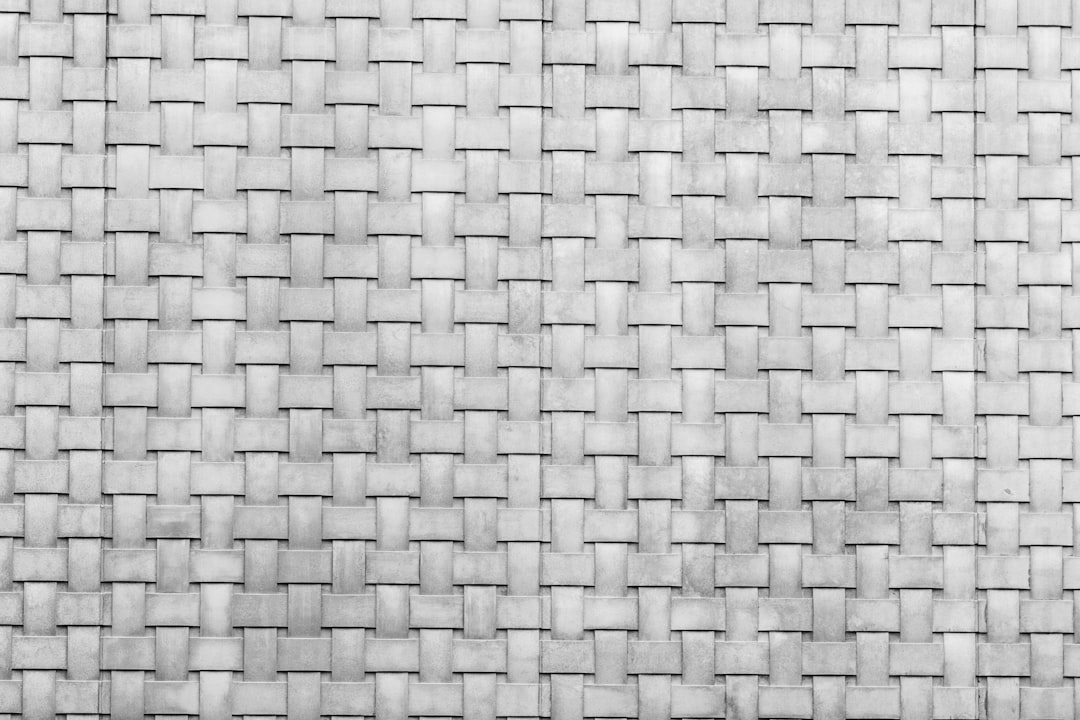What is it about?
The indiscriminate use of hair dyes has attracted great deal of attention due to its toxicological and mutagenic aspects demonstrated by some of these substances. This work explores the application of photoelectrocatalytic process on Basic Brown 16 and Basic Blue 99 degradation as model of basic hair dyes pollutant. W/WO3 electrode was used as photoanode under optimized conditions of 0.10 mol L-1 Na2SO4 as electrolytic solution, pH 2.0, under 1.25 mA cm-2 of controlled current density application and visible light irradiation. The process leads to complete color removal, and up to 59 % and 44 % mineralization, respectively.
Featured Image

Photo by Luis Quintero on Unsplash
Why is it important?
The effluent from beauty salons and domestic sewages if not properly treated can reach water treatment plants and water sources, enhancing human health and environmental protection concern. Therefore, is important to explore the application of photoelectrocatalytic process on Basic Brown 16 and Basic Blue 99 degradation as model of basic hair dyes pollutant. W/WO3 electrode was used as photoanode under optimized conditions of 0.10 mol L-1 Na2SO4 as electrolytic solution, pH 2.0, under 1.25 mA cm-2 of controlled current density application and visible light irradiation.
Perspectives
The use of W/WO3 photoanodes under visible irradiation could assist on development of wastewater treatment technology to hair dyes.
Luciano Fraga
Universidade Federal de Sergipe
Read the Original
This page is a summary of: Semi-permanent hair dyes degradation at W/WO3 photoanode under controlled current density assisted by visible light, Journal of Advanced Oxidation Technologies, January 2017, De Gruyter,
DOI: 10.1515/jaots-2016-0168.
You can read the full text:
Contributors
The following have contributed to this page










